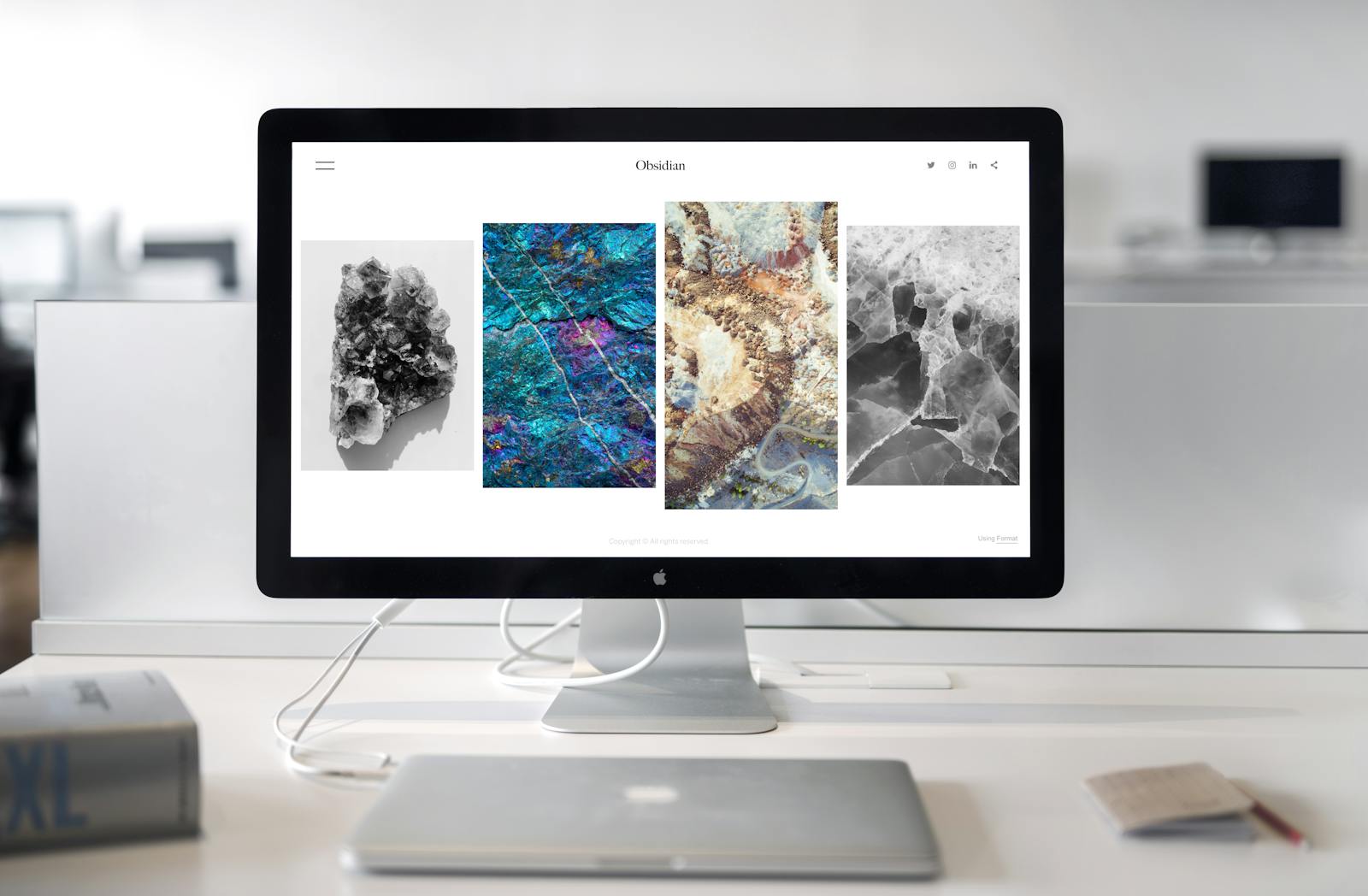A strong first impression can make or break a business. Whether potential customers encounter your brand through a logo or your website, the initial visual cue can significantly influence their perception. While both logo design and web design play crucial roles in establishing a brand identity, the question arises: which one holds more weight in creating that all-important first impression?
Understanding the Role of Logo Design
A logo serves as the visual cornerstone of your brand. It is often the first element that consumers associate with your company, encapsulating your brand’s identity in a single graphic. A well-designed logo communicates your values, mission, and uniqueness in a way that resonates with your target audience.
Think of iconic logos like Apple’s apple or Nike’s swoosh. These designs are not just symbols; they evoke feelings and thoughts that align with the brands they represent. A great logo is simple, memorable, versatile, and relevant. It acts as a touchpoint that can elicit trust and recognition, making it a powerful tool in your branding arsenal.
The Importance of Web Design
While logos capture attention and symbolize your brand, web design provides a comprehensive experience for users. Your website is often the first detailed interaction a potential customer has with your business. A visually appealing, well-structured, and user-friendly site can make visitors feel comfortable and engaged, encouraging them to explore further.
Web design encompasses more than just aesthetics; it involves usability, navigation, content organization, and responsive design. A website that is easy to navigate, loads quickly, and displays correctly on various devices keeps users engaged and fosters positive experiences. Ultimately, a well-designed website can lead to higher conversion rates, while a poorly designed one can drive potential customers away.
The Battle for First Impressions
When considering first impressions, it’s essential to analyze how both logo and web design interact with users.
- Immediate Recognition
Logos are often the first visual elements people encounter, whether they see your business on social media, in print, or on a product. A striking logo can capture attention instantly and pique interest. However, once users decide to engage further, they typically do so through a website. If the web design fails to impress after the logo has done its job, the initial interest can quickly fade.
- Consistency and Cohesion
A logo sets the tone for your brand’s visual identity. If your logo design aligns with your website’s aesthetics, it creates a cohesive experience that strengthens brand recognition. However, if the web design diverges significantly from the logo, it can confuse visitors and weaken their trust in your brand. Maintaining visual consistency across all platforms is vital for establishing a lasting impression.
- Functionality vs. Aesthetics
While a logo’s primary goal is to be visually appealing, web design needs to balance aesthetics with functionality. A beautifully designed website that lacks intuitive navigation or contains slow-loading pages can frustrate users and detract from their overall experience. On the other hand, a logo that is not visually compelling will struggle to capture attention, no matter how functional the website is.
Making the Case: Which is More Important?
Determining whether logo design or web design is more crucial for first impressions ultimately depends on context. For many brands, a compelling logo can serve as an effective entry point, enticing users to explore more. However, if the subsequent web design experience is subpar, the positive impression can evaporate quickly.
To create a truly impactful first impression, both elements need to be prioritized. A stunning logo that leads to an equally impressive website sets a solid foundation for customer engagement and brand loyalty.
Striking the Right Balance
Achieving harmony between logo design and web design requires careful consideration of several factors:
- Brand Identity: Ensure both designs reflect your brand’s personality, mission, and values. They should work together to tell a cohesive story that resonates with your audience.
- User Experience: Invest in web design that emphasizes usability, navigation, and responsiveness. A seamless user experience can enhance the positive impression initiated by your logo.
- Consistent Messaging: Use consistent messaging and visuals across both platforms. This unity reinforces brand identity and helps establish trust with potential customers.
Conclusion
While logo design and web design both play pivotal roles in shaping first impressions, they serve different yet complementary purposes. A well-designed logo can grab attention and spark interest, while a high-quality website can maintain that interest and convert visitors into loyal customers.
For businesses aiming to create a strong brand presence, investing in both logo and web design is essential. By ensuring that each element supports and enhances the other, brands can create a cohesive and memorable experience that resonates with their audience. Ultimately, the combination of a captivating logo and a functional website lays the groundwork for a successful brand identity that stands the test of time.

